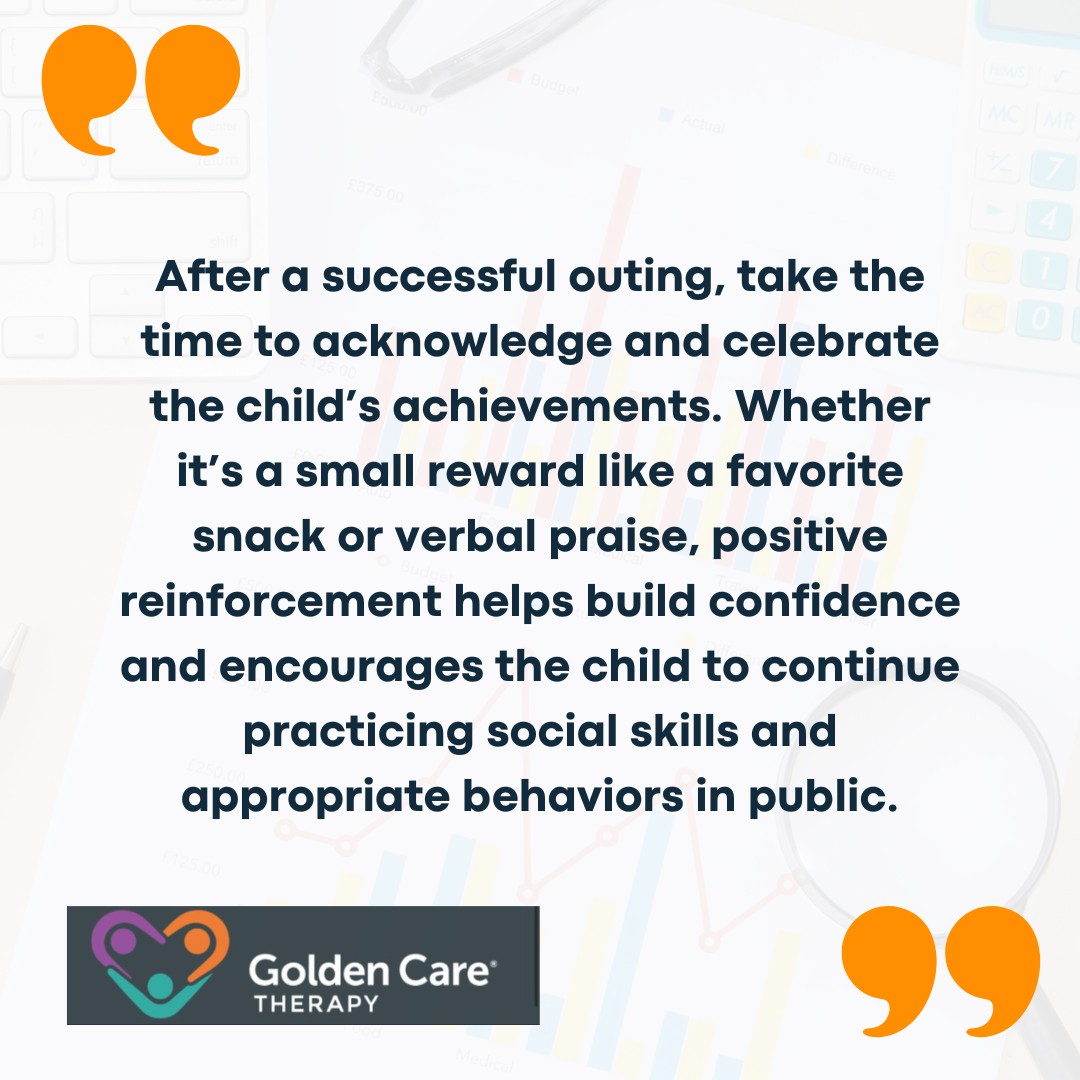Taking children with autism on public outings can be a rewarding yet challenging experience for both parents and children. Whether it’s a trip to the grocery store, a family event, or a visit to the park, the sensory and social complexities of these environments can overwhelm an autistic child. A key strategy in navigating these challenges is teaching independence, which helps children gain confidence and develop the skills necessary to manage these situations more effectively.
However, with thoughtful planning and understanding, public outings can become opportunities for growth, development, and family bonding.
As such, we’re going to explore strategies that parents can use to ensure smooth public outings for children with autism.
Understanding the Challenges of Public Outings
Public outings can present a unique set of challenges for children with autism. Each child experiences autism differently, but common issues often include sensory sensitivities, difficulty with transitions, and struggles with communication. These challenges can make public spaces overwhelming, leading to meltdowns or avoidance behaviors.
Sensory sensitivities are a primary concern for many children with autism. Bright lights, loud noises, and crowded spaces can be distressing, causing a child to feel overwhelmed.
Some children might have a heightened sensitivity to sounds, causing seemingly normal noises to feel unbearable. Others may struggle with the chaotic environment of a busy public place.
For some children, transitioning between activities can be particularly difficult. A sudden change in routine or environment can lead to anxiety or frustration, resulting in behaviors such as refusal to move, tantrums, or difficulty following instructions.
Additionally, children with autism may not understand social norms, leading to confusion or inappropriate behaviors in public spaces.
Despite these challenges, there are many strategies parents can use to help make public outings more manageable.

Strategies for Preparing for Public Outings
Preparation is key when planning public outings for children with autism. Whether it’s a visit to a park, a shopping trip, or a family gathering, setting expectations and establishing routines can help reduce anxiety for both the child and the parent.
One of the most effective strategies is creating a visual schedule or social story. Social stories use pictures and simple text to explain the sequence of events in a given outing.
For example, a social story for a trip to the grocery store might include pictures of entering the store, navigating the aisles, and checking out. These stories help children understand what to expect and can reduce the uncertainty that often leads to anxiety.
Another helpful tool is to involve the child in the planning process. If possible, let the child help select where you will go and what you will do. This sense of control can alleviate some of the anxiety about the outing.
Discussing the outing ahead of time, explaining the reasons for it, and setting clear expectations about behavior can also help the child feel more at ease.
Managing Sensory Sensitivities
Sensory sensitivities are common among children with autism, and they can make public outings particularly challenging. Loud noises, bright lights, or crowds can lead to sensory overload, resulting in meltdowns or withdrawal.
However, with the right accommodations, sensory sensitivities can be managed, making outings more enjoyable for everyone.
One effective strategy is to identify the sensory triggers before going on the outing. For example, if your child is sensitive to loud noises, consider bringing noise-canceling headphones to help reduce the impact on the environment.
Sunglasses can also help if your child is sensitive to bright lights. Additionally, some children may benefit from wearing comfortable clothing or using sensory-friendly toys to help self-regulate during outings.
It’s also important to choose venues that offer sensory-friendly accommodations. Many museums, theaters, and amusement parks now offer sensory-friendly hours or spaces where children with autism can retreat if they feel overwhelmed. Researching these options ahead of time can make outings more enjoyable and manageable.
Managing Meltdowns and Anxiety
Despite the best preparations, meltdowns and anxiety can still occur during public outings. When a child with autism becomes overwhelmed, it’s important to have strategies in place to manage the situation effectively.
One essential strategy is to remain calm and composed. Children are highly attuned to their caregivers’ emotional states, and staying calm can help soothe the child in moments of distress.
If the child is in the midst of a meltdown, try to remove them from the overstimulating environment if possible. A quiet space, such as a designated sensory room or a calm corner, can offer the child a place to regain control.
It’s also important to recognize the signs of anxiety before they escalate. Some children might display warning signs, such as increased fidgeting, looking away, or becoming more agitated. By learning to recognize these signs early, parents can intervene before the situation reaches a meltdown.
Having a sensory toolkit with items like fidget toys, noise-canceling headphones, or calming scents can also help manage anxiety during outings. These tools offer a distraction and can provide comfort when the child begins to feel overwhelmed.
The Importance of Positive Reinforcement
Public outings are a great opportunity to reinforce positive behaviors. By offering praise and rewards for appropriate behavior, parents can encourage their children to engage in desired actions and reinforce the skills they are learning.

Using a reward system during outings can also help keep the child motivated. For example, offering a token or sticker for every behavior the child exhibits (waiting patiently in line, following the schedule, or using appropriate communication) can help maintain focus and provide a clear incentive for good behavior.
Gradual Exposure to Public Outings
For children who struggle significantly with public outings, a gradual approach to exposure can help desensitize them to the stresses of unfamiliar environments.
Start with shorter outings to less crowded, quieter places. Gradually increase the complexity of the outings as the child becomes more comfortable with each experience.
The goal is to slowly build the child’s tolerance for public outings, helping them feel more at ease with time. Over time, children with autism can learn to manage their emotions and behaviors in public spaces with increasing independence.
Incorporating sensory breaks into outings is another important element of gradual exposure. Short, frequent breaks can help prevent sensory overload and allow the child to reset and re-engage with the outing.
Public outings don’t have to be stressful or overwhelming for children with autism. With the right strategies, planning, and understanding, parents can make outings enjoyable and beneficial for their child’s development.
Addressing sensory sensitivities, practicing social stories, and reinforcing positive behavior will allow parents to create positive experiences that support their child’s growth and confidence. At Golden Care Therapy, we proudly offer ABA therapy tailored to meet your child’s unique needs. Our autism services in New York, New Jersey, Indiana, Georgia, and Florida are designed to provide compassionate, evidence-based support for children and families.
Contact us today to learn how we can help your child thrive and reach their full potential. Let’s work together to build a brighter future for your family!



